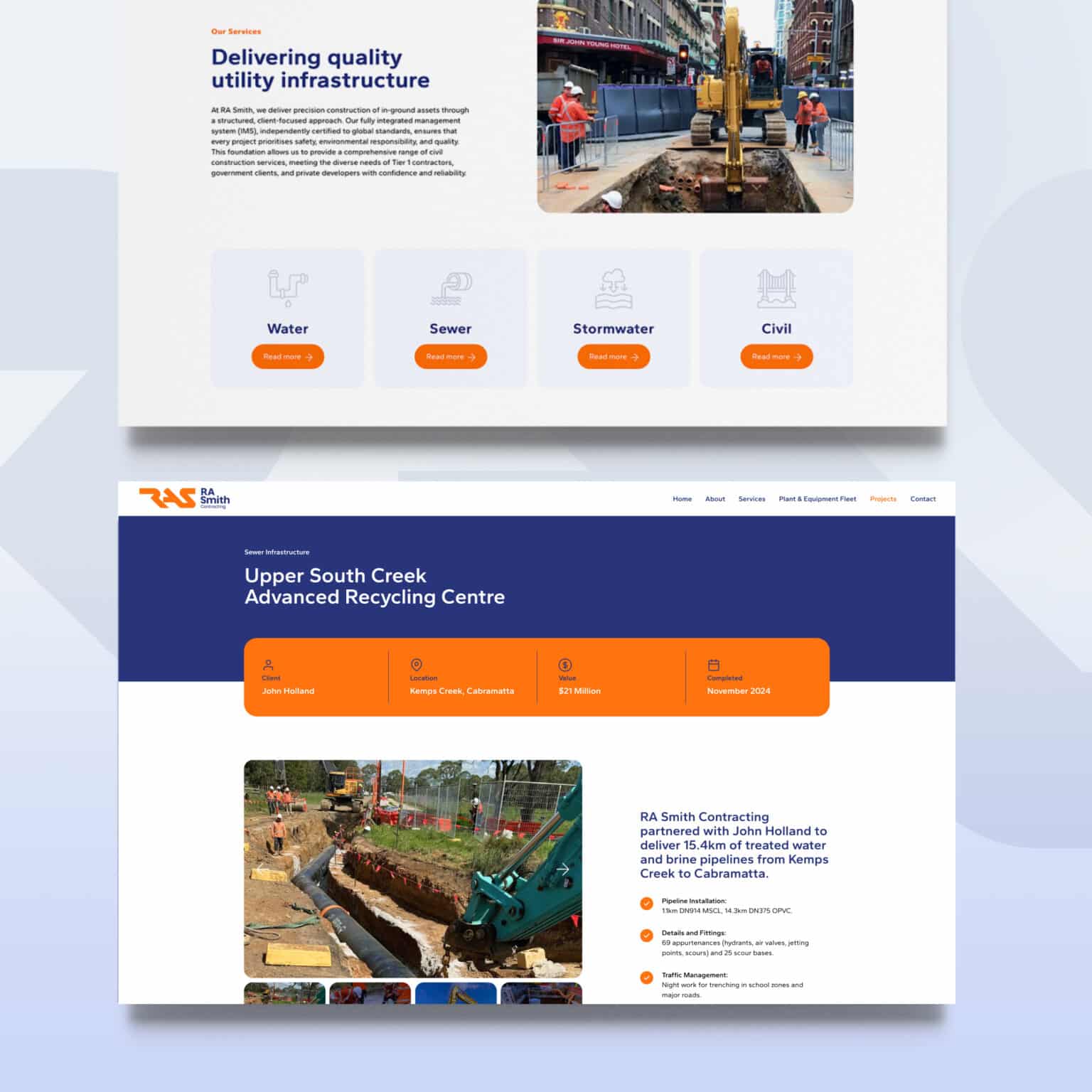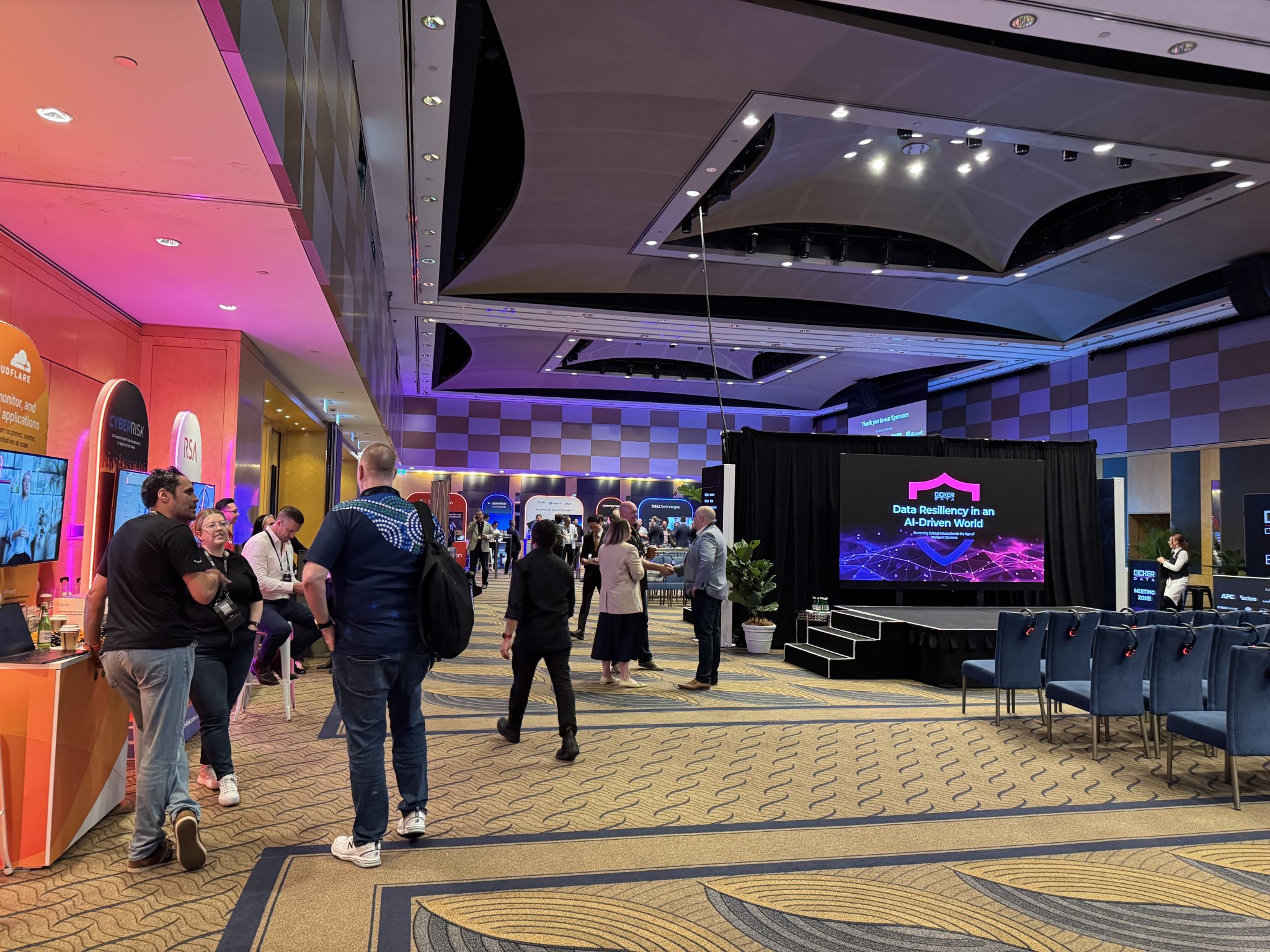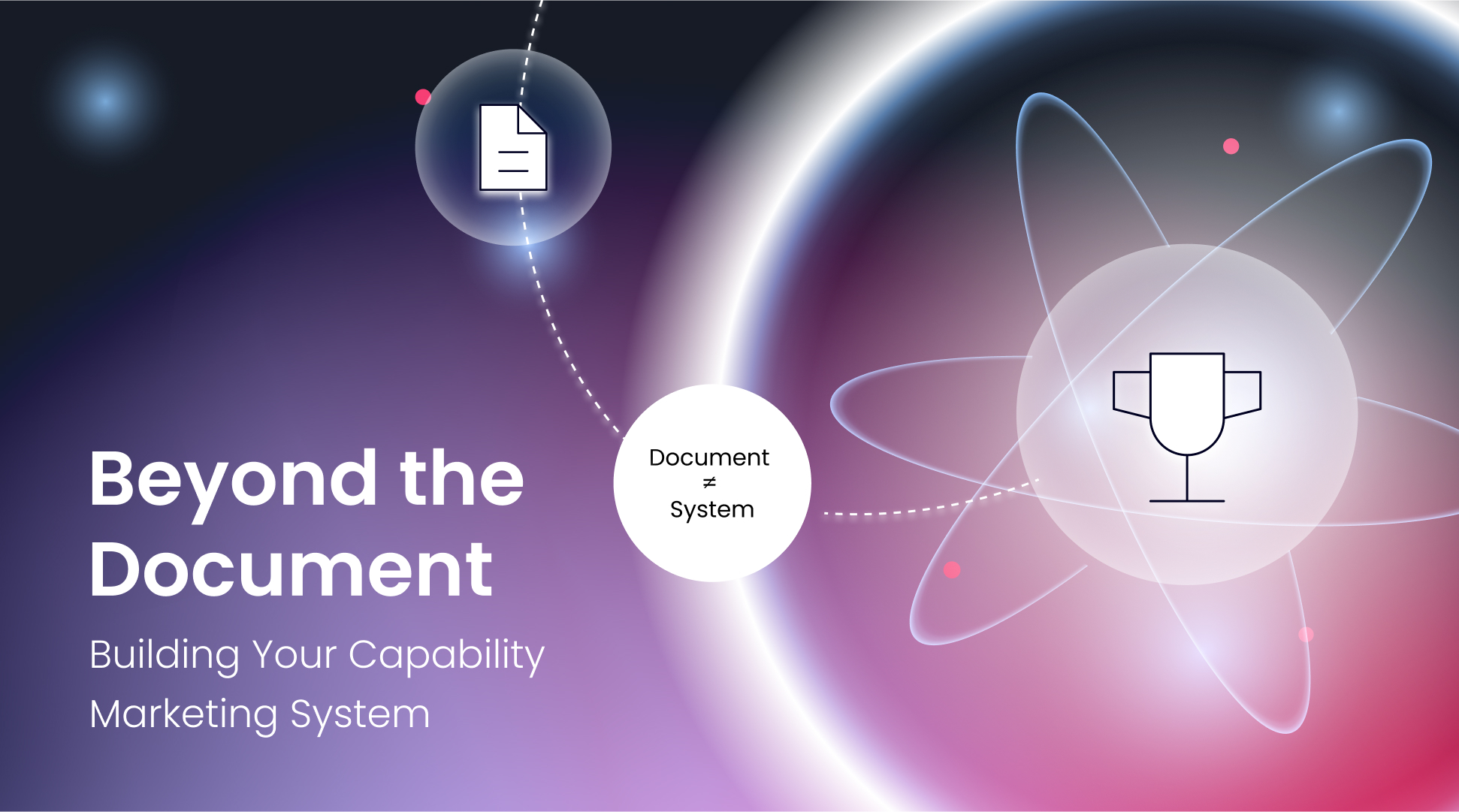When we’re developing a website for our clients, one of the most crucial elements we focus on is how they’ll showcase their work. A well-designed case study or project showcase page isn’t just about looking good—it’s about telling your story in a way that connects with potential clients and demonstrates your capabilities.
At Spark Interact, we’ve worked with clients across various industries, from architecture firms to engineering companies, helping them create project showcase pages that are an integral part of their overall website strategy. Here’s how we approach building case study pages that actually work.
Why Case Study Pages Matter in Your Website Design
Case study pages serve as the proving ground for your business. They’re where potential clients come to understand not just what you do, but how you do it and what makes you different. When we’re designing a website, we treat these pages as conversion tools that need to work seamlessly with the rest of your site.
The challenge is that every industry has different needs. An architecture firm showcases projects differently than a transport infrastructure company, and a professional services firm has different requirements again. That’s why we don’t believe in one-size-fits-all templates.
Our Approach: Tailored Solutions for Different Industries
Understanding Your Industry’s Unique Needs
Before we start designing, we spend time understanding how your clients research and evaluate potential partners. This research informs every design decision we make, from navigation patterns to information hierarchy.
For instance, when working with architecture firms, we know that visual storytelling is paramount. The way images are presented can make or break the user experience. For engineering firms, technical details and project outcomes are often more important than visual flair.

Have a look at our examples: Different Approaches for Different Industries
1. Alluminium Glass Construction – Horizontal Portfolio Experience
Website: archaluglass.com.au/projects
Industry: Architecture & Design
The Challenge: Architecture firms need to present visual work in a way that mirrors how architects naturally review portfolios.
Our Solution – Horizontal Navigation: Instead of traditional vertical scrolling, we created a horizontal navigation system that feels like flipping through a physical portfolio. The project pages flow horizontally rather than vertically, creating a distinctive browsing experience.

Key features we implemented:
- Horizontal scrolling that creates a unique browsing experience
- Immediate project gallery access when users click into projects
- Intuitive horizontal flow maintained throughout the site
- Easy project-to-project navigation without returning to listing pages
- Comprehensive project credits showing architects, builders, and stakeholders
The horizontal approach works particularly well for visual industries where the work speaks for itself and users want to browse projects in a more natural, portfolio-style way.
2. MU Group – Smart Filtering for Infrastructure Projects
Website: mugroup.com.au/projects/
Industry: Transport Infrastructure & Project Management
The Challenge: A project management company with dozens of diverse infrastructure projects needed visitors to quickly find relevant work.
Our Solution – Advanced Categorisation: We built a comprehensive filtering system that allows users to sort by service type and sector, with custom icons for instant visual recognition.






Features we developed:
- Multi-parameter filtering system by service type and sector
- Custom iconography for instant project identification (Transport, Environmental, etc.)
- Project timeline visualisation showing involvement phases
- Highly customisable project pages with flexible content sections
- Modular areas for testimonials, quotes, and project team information
- Icons appearing over project images on listing pages
The filtering system makes complex portfolios accessible whilst the customisable project pages allow detailed storytelling for each unique infrastructure project.
3. Linear Engineering – Structured Template Approach
Website: lineareng.com.au/our-work/
Industry: Engineering Services
The Challenge: Creating a system that maintains consistency across all projects whilst allowing rich content and multimedia integration.
Our Solution – Organised Consistency: We developed a structured template following a Challenge-Solution-Results format with comprehensive search and navigation features.



System features:
- Search functionality with both filtering and text search capabilities
- Structured content organisation with Challenge, Solution, and Results sections
- Jump navigation menu for quick access to specific project sections
- Consistent left-aligned imagery with organised content flow
- Multi-media support including video integration
- Tag system showing project scope and involvement at a glance
- Animation elements for enhanced user engagement
This template approach works well when you need to create many project pages quickly whilst maintaining professional standards and allowing for rich content presentation.
4. RA Smith – Professional Grid Organisation
Website: rasmith.com.au/projects/
Industry: Professional Services
The Challenge: Presenting detailed project information in a clean, credible format that builds trust and demonstrates capability.
Our Solution – Structured Information Display: We created a clean grid system for project listings with comprehensive project metadata and organised information hierarchy.


Key elements:
- Structured grid layout for project listings
- Advanced filtering by work type and service area
- Comprehensive project headers showing name, type, client, location, value, and completion date
- Integrated project galleries with seamless image presentation
- Sidebar project overviews highlighting key achievements
- Cross-project navigation for easy portfolio browsing
This approach prioritises information clarity and professional presentation, making it easy for potential clients to quickly assess relevant experience and capabilities.
Technical Considerations We Always Address
Responsive Design That Actually Works
Every case study page we build is designed mobile-first. We know that many of your potential clients will be browsing on their phones, so we ensure the experience is just as good on mobile as it is on desktop.
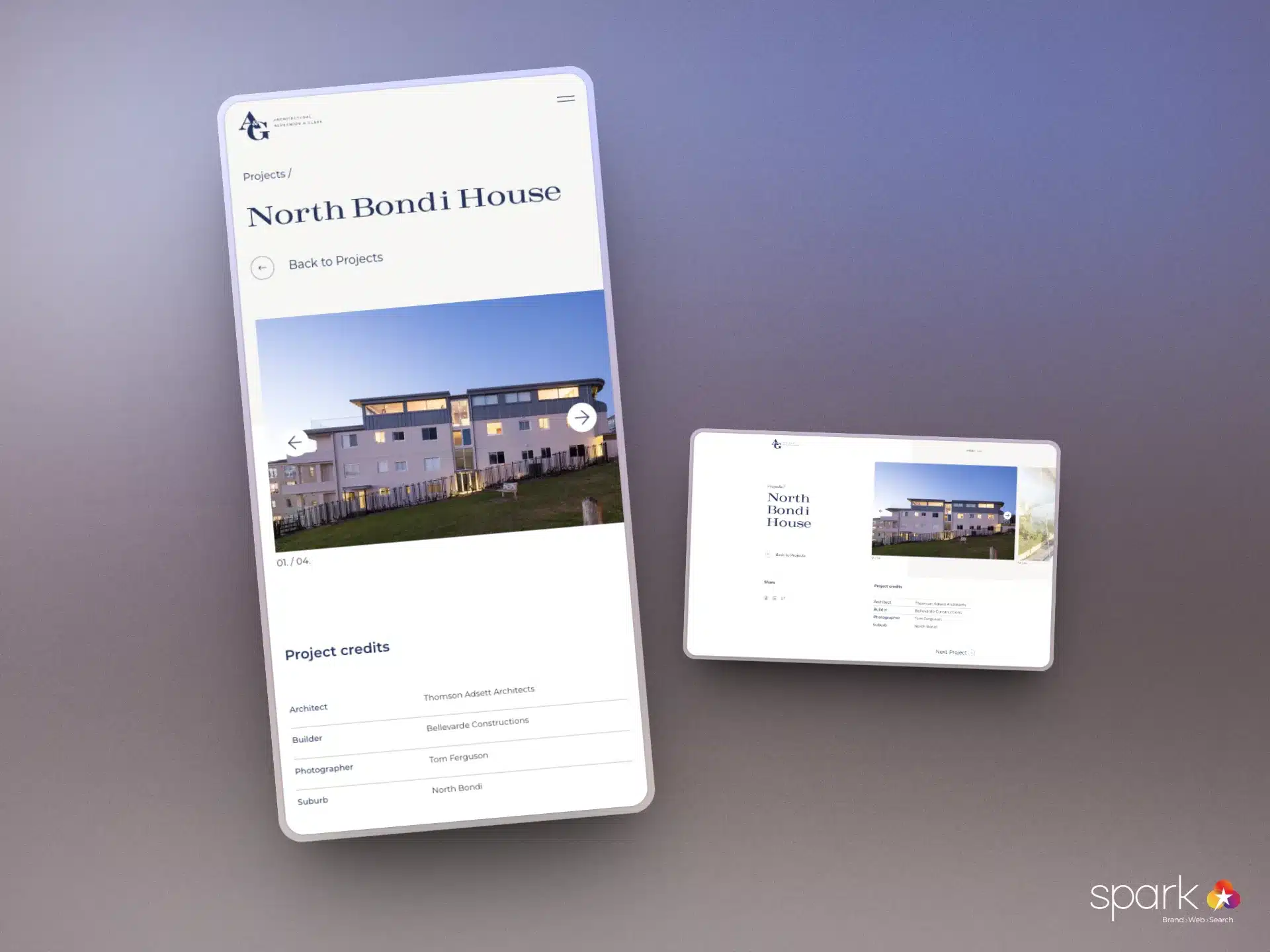
Integration with Your Business Systems
Case study pages shouldn’t exist in isolation. We often integrate them with:
- Your CRM system for lead tracking
- Project management tools for real-time project updates
- Content management systems that make updates easy
Performance Optimisation
Large image galleries can slow down your site, which hurts both user experience and search rankings. We optimise every image and implement lazy loading to ensure fast page speeds.


SEO Considerations
We structure case study pages to help your website rank for relevant project types and services. This includes proper heading structure, meta descriptions, and schema markup.
Content Strategy: Making Your Work Shine
Understanding Your Audience’s Decision-Making Process
We work with you to understand how your clients evaluate potential partners. Are they looking for technical expertise? Past experience with similar projects? Evidence of on-time delivery? This understanding shapes how we present information.
Balancing Detail with Accessibility
It’s tempting to include every detail about a project, but we’ve found that layered information works better. We might start with key project details and outcomes, then provide deeper technical information for those who want it.
Visual Storytelling
Great case study pages tell a story through images, not just text. We help you select and organise images that show the progression of work and the quality of outcomes.
Making It Easy to Manage
User-Friendly Content Management
We build content management systems that make it easy for you to add new projects without needing technical knowledge. This might include:
- Drag-and-drop image uploading
- Pre-built content sections you can mix and match
- Bulk import capabilities for large project portfolios
Training and Support
We don’t just hand over the keys and walk away. We provide training on how to use your new system and ongoing support as your needs evolve.
Flexible Implementation Strategies
The Hybrid Approach
Many of our clients benefit from having both template-based pages for standard projects and fully customisable layouts for showcase pieces. This gives you efficiency for regular content updates while allowing flexibility for important project highlights.
Scalable Solutions
We design systems that can grow with your business. Whether you’re adding new service areas or expanding into new markets, your case study pages can evolve accordingly.
Integration with Your Overall Website Strategy
Case study pages don’t exist in isolation—they’re part of your broader website ecosystem. We ensure they integrate seamlessly with:
Your Service Pages
Clear pathways from service descriptions to relevant case studies help visitors understand your capabilities.
Your About Page
Case studies provide proof points for the claims you make about your expertise and approach.
Your Contact Forms
Strategic placement of contact forms on case study pages captures interest when it’s at its peak.
Your Blog Content
Case studies can be referenced in blog posts and vice versa, creating a web of relevant content that keeps visitors engaged.
Why This Matters for Australian Businesses
Australian businesses operate in a competitive environment where credibility and proven capability matter enormously. Whether you’re tendering for government work, competing for private sector contracts, or building relationships in your local market, potential clients want to see clear evidence of your track record.
What makes case study pages particularly valuable in the Australian market is our culture of wanting to understand not just what you’ve done, but how you work. Australians value straightforward communication and genuine expertise over flashy marketing. This means your case studies need to be honest, detailed, and focused on real outcomes rather than glossy presentation.
We’ve found that Australian businesses respond well to case studies that show:
- Clear problem-solving approaches
- Collaborative working relationships
- Practical outcomes and real-world results
- Local expertise and understanding of Australian conditions
This understanding shapes how we structure information, what details we highlight, and how we present your work to resonate with local expectations and decision-making processes.
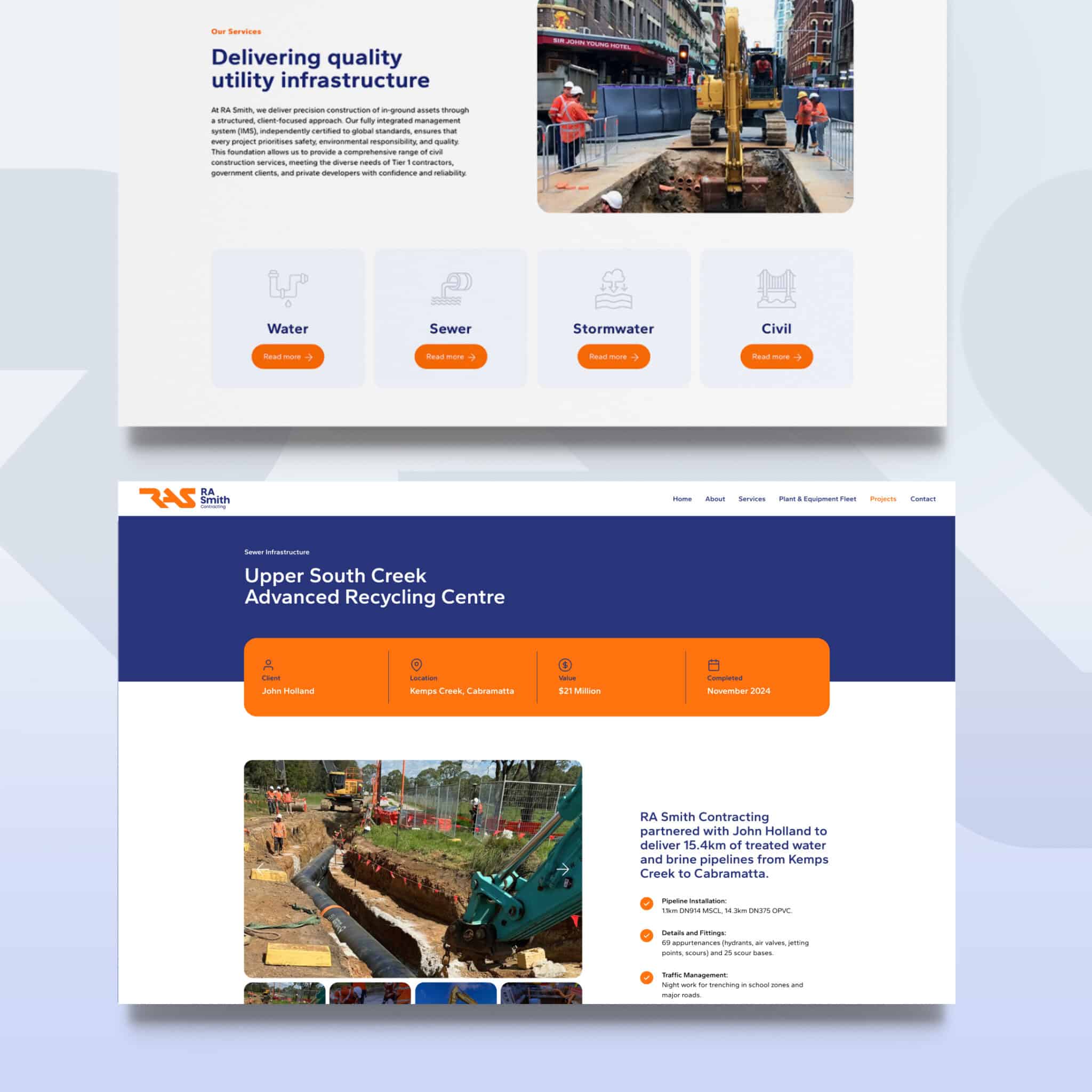
Building Case Studies That Actually Work
Creating effective case study pages isn’t just about showcasing completed projects—it’s about demonstrating your approach, your expertise, and your ability to deliver results. When done well, these pages become powerful tools that help potential clients understand not just what you’ve accomplished, but how you might solve their specific challenges.
At Spark Interact, we’ve helped businesses across Australia create project showcase pages that serve their specific needs whilst integrating seamlessly with their overall website strategy. Each solution we develop reflects our understanding of both the industry requirements and the unique way Australian businesses evaluate potential partners.
If you’re planning a website redesign or looking to improve how you present your work online, the key is creating a system that works as part of your broader business development strategy—one that tells your story effectively whilst making it easy for potential clients to see the value you bring.
Ready to discuss your project showcase needs? Get in touch with our Sydney-based team to explore how we can help tell your story effectively.

